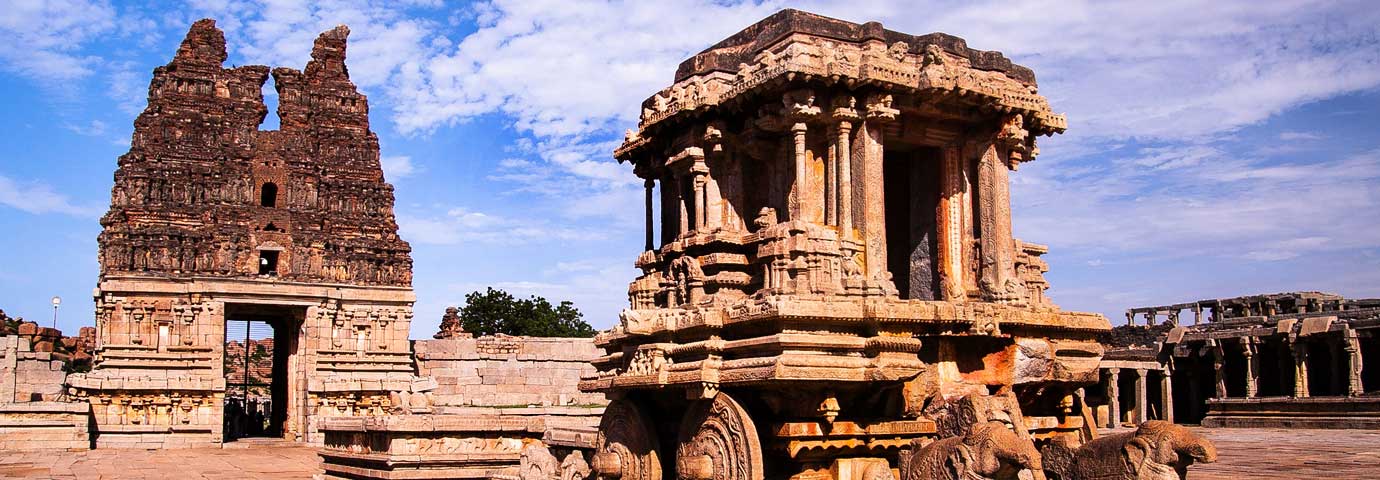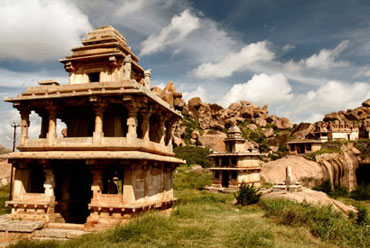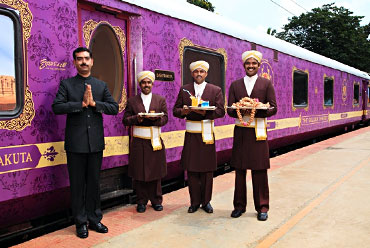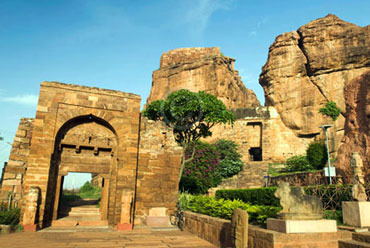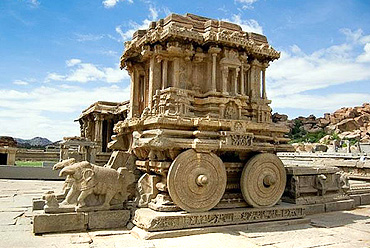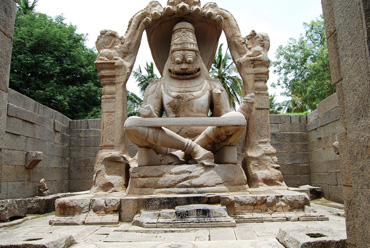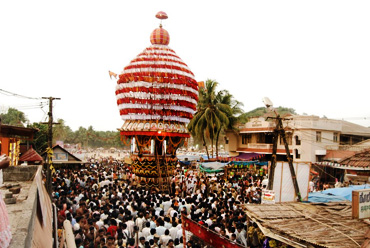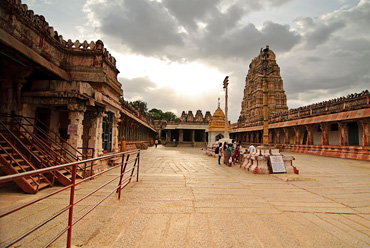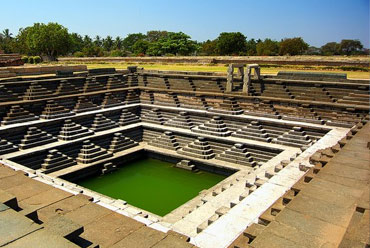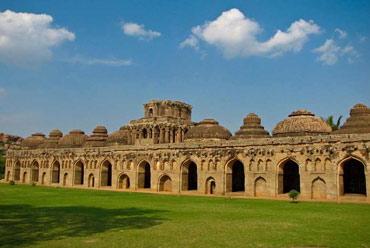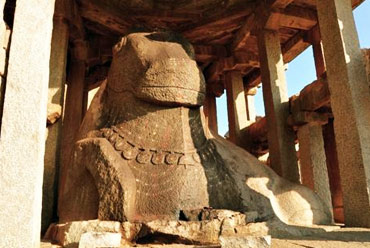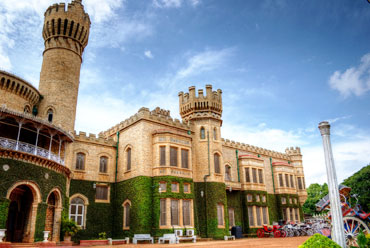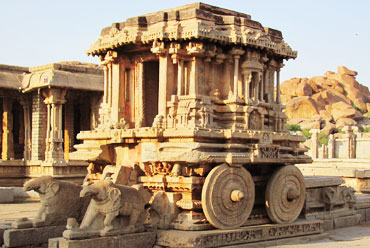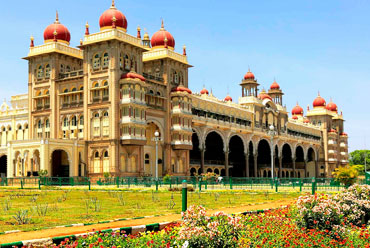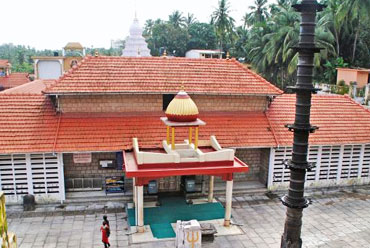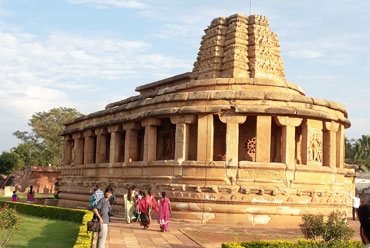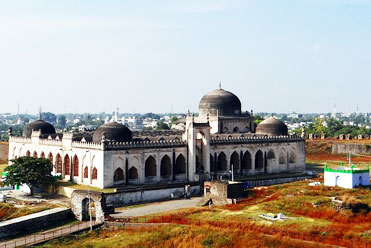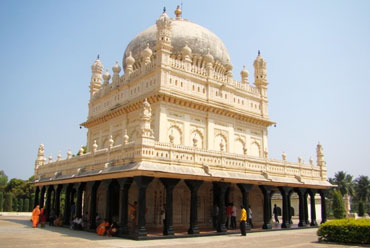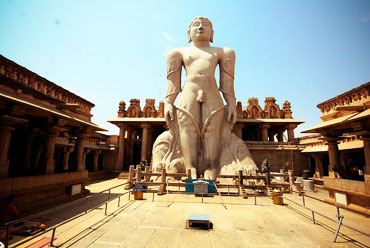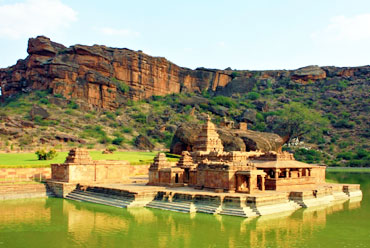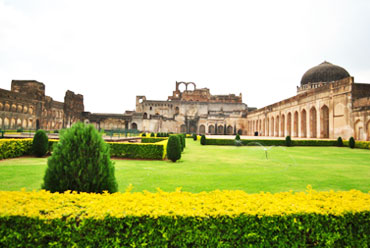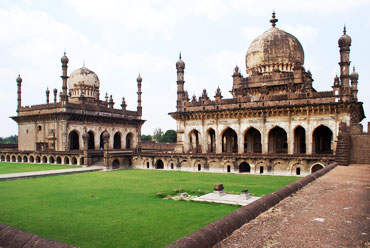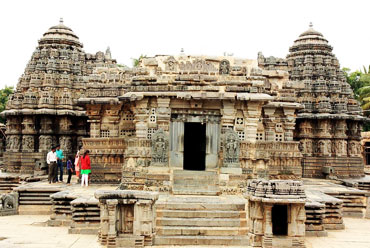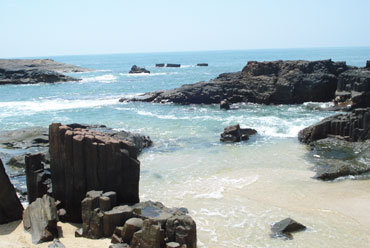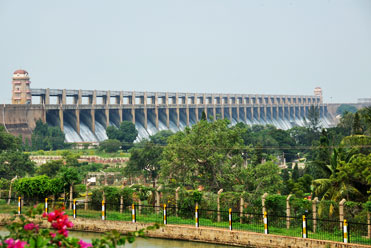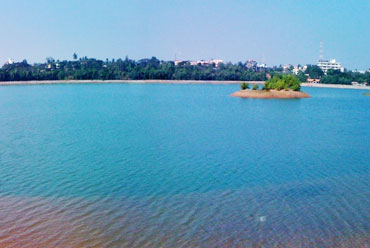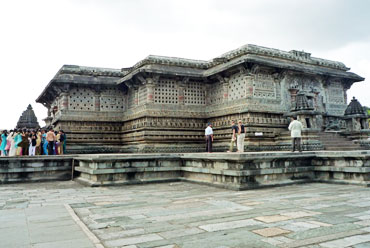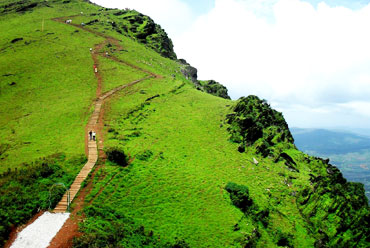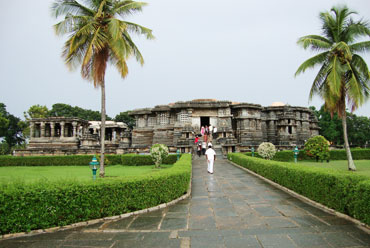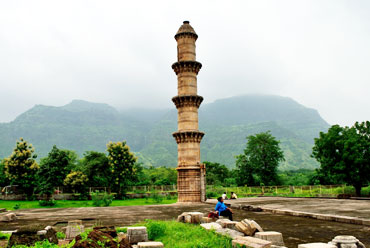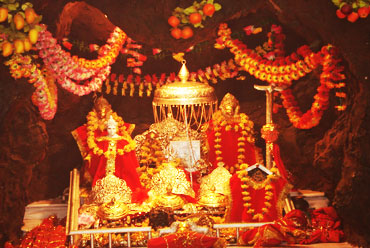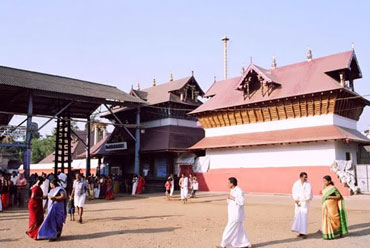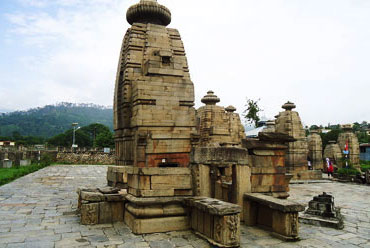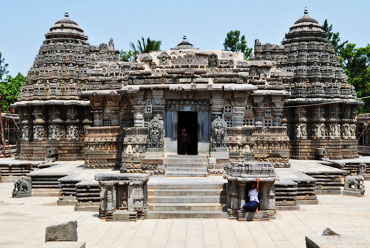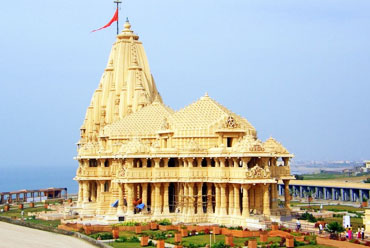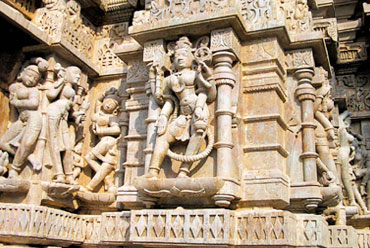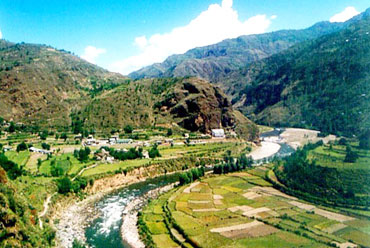The Vittala Temple in Hampi is the highlight of the beautiful town. The ancient monument is well-known for its extraordinary architecture and craftsmanship. One of the largest and the most famous monuments in Hampi, the temple lures visitors with its magnificent beauty. Located near the banks of the Tungabhadra River, the temple is sited in north eastern part of Hampi.
Vittala Temple was built in the 15th century during the reign of King Devaraya II (1422- 1446 A.D.) of the Vijayanagara Empire. Several sections of the temple were expanded and renovated during the reign of Krishnadevaraya (1509- 1529 A.D.), the illustrious ruler of the Vijayanagara dynasty.
The Vittala Temple is dedicated to Lord Vitthala, an avatar of Lord Vishnu. An idol of Vitthala-Vishnu was enshrined in the temple but lost in ravages of time. Legends narrate that the temple was built as a residence for Lord Vishnu in his Vitthala form. However, the Lord had found the temple to be too ostentatious and returned to live in his own modest home.
The Vittala Temple is the grandest of all temples and monuments in Hampi. The temple embodies the vast creativeness and architectural excellence of the sculptors and artisans of the Vijayanagara era. The temple has traits and features that are characteristic of classic south Indian temples. The magnificence of the temple is unmatched by any other construction in Hampi and others of the era.
The Vittala temple complex is a sprawling area surrounded by high walls and three towering gateways. The temple complex has numerous halls, shrines and buildings located inside it. Each of these structures is made of stone and each structure is a beauty in itself.
Notable attractions in Vittala Temple
The shrine of the Goddess also known as Devi shrine is spectacular. The ceilings are adorned in lotus motifs. Murals and intricate handwork is seen every nook and corner.
The Maha Mantapa, situated in the inner courtyard of the temple complex is a beauty decorated with carvings of warriors, horses, swans and several other ornamental designs. The intricately decorated pillars have beautiful sculptures of Narasimha and Yali.
The exquisitely sculpted Stone Chariot is one of the most stunning architecture of the Vijayanagara kingdom. It is actually a shrine that has been designed in the shape of a decorative chariot dedicated to Garuda, the carrier of Lord Vishnu.
The Ranga Mantapa is renowned for its 56 musical pillars. These pillars are also known as SAREGAMA pillars, denoting the musical notes emanated by them. The musical notes are produced when the pillars are tapped gently. Every main pillar is surrounded by 7 minor pillars. These 7 pillars give off 7 different musical notes from the representative musical instruments. The notes vary in sound quality depending on the instrument. The cluster of musical pillars were carved out of huge single pieces of resonant stone. The emission of musical notes from stone pillars was a mystery that fascinated many people down the centuries. To unravel the mystery, Britishers in the colonial era cut two pillars. Till date the ruins remain and the mystery remains unsolved.
The Vittala Temple is partially ruined. The sanctum sanctorum of the temple once enclosed an idol of Lord Vittala but now is devoid of any idol. The central western hall of the temple was ruined by the attack of the Mughals that led to the downfall of the Vijayanagara Empire in 1565 A.D. The rest of the temple complex fell in ruins in the following centuries.
Today, the temple complex hosts the annual Purandaradasa festival. Bathed by floodlights, the temple is illuminated alluringly.
Timings : 8:30 AM to 5:00 PM on all days of the week.
Entry Fee : No entry fee required.

